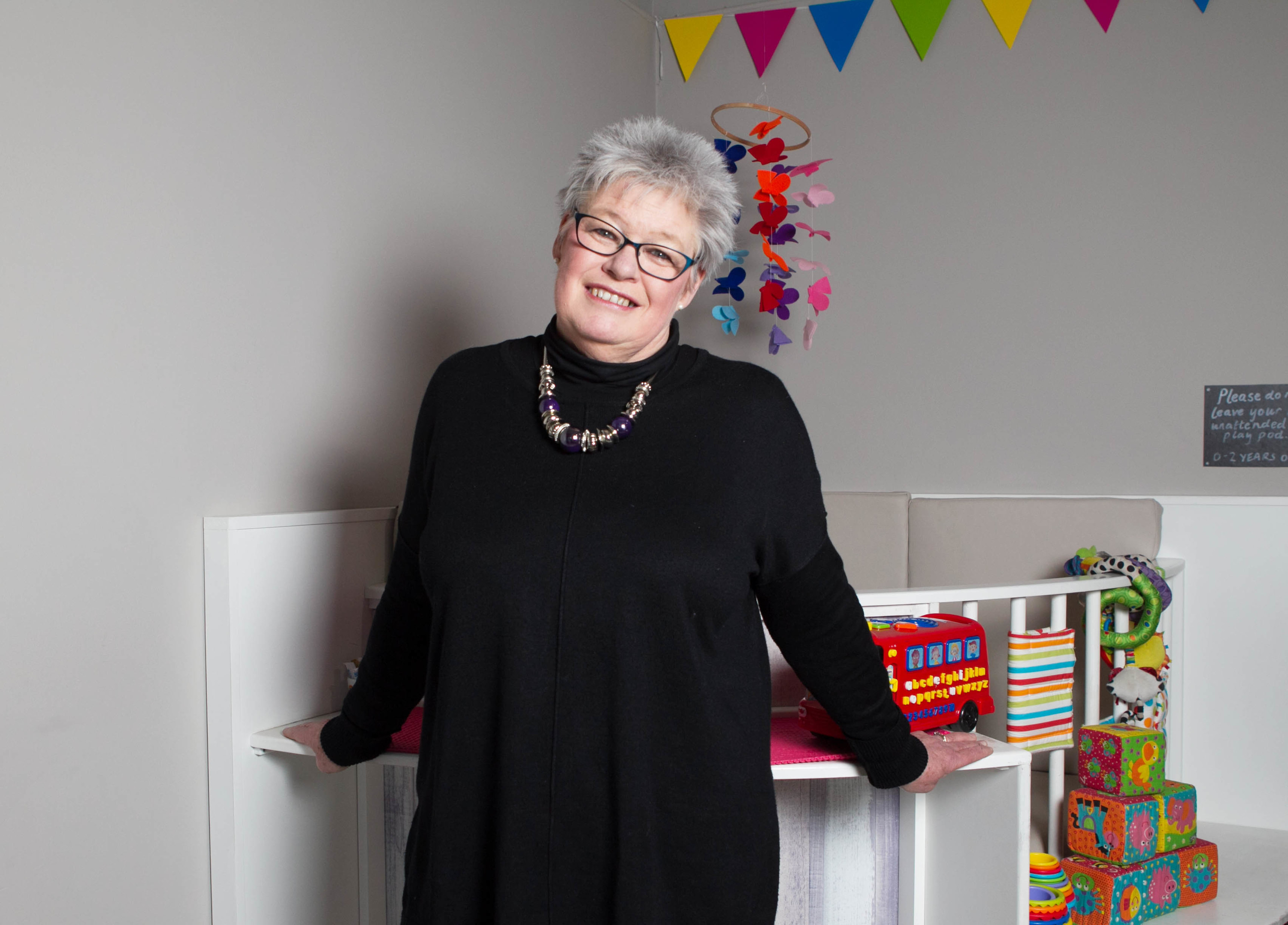
WHEN Linda found out she was pregnant, she and husband Neil couldn’t help but smile smugly.
With years as a nanny and maternity nurse under her belt, Linda was a natural with kids – and had a gift for getting them off to sleep.
They might need to deal with nasty nuclear nappies, but going without their precious zeds every night wouldn’t be a problem for this pair. They had it made.
Or so they thought.
As it turned out, all three of Linda and Neil’s children – George, 28, Jessica, 26, and Pippi, 22 – had a nocturnal streak.
They turned day into night, dozing off only for a few hours at a time and getting up for the day before the milkman had done his rounds.
“It was torture,” Linda said. “Especially with George and Jessica who were only 18 months apart.
“I found myself getting a maximum of two hours of unbroken sleep a night – and starting my day at 4am when George woke to watch Thomas the Tank Engine.
“With Neil off on post with the Army, I was on my own.
“Before having children, I was a sleep monster. I loved my bed.
“So as you can imagine, I didn’t cope well.”
Despite all her expertise the 56-year-old, from Edinburgh, would rather get up with her kids than let them cry.
“They were my babies. Trying to deploy professional tactics in my personal life wasn’t an easy task. I was pretty pathetic.”
Linda found herself in “survival mode”, whereby she would do anything to bank five minutes’ rest.
Seeing his wife in distress, Neil returned home from Army duties and instigated drastic action. Between them, he and Linda established a strict routine, not only for the kids but for themselves too.
Regardless of how little sleep they’d had, everyone got up at 7am. When the kids napped in the afternoon, Linda rested and strict bedtime rituals were put in place.
Within 10 days – and after two long and tiring years – sleepful nights returned to the Russell household.
“It was hard going at the time, but we’ve never looked back,” Linda said. “It made dealing with our youngest, Pippi, much easier when she decided she didn’t like sleeping any more after turning one!”
Her personal experiences led Linda to read up on sleep. And, in the course of her work as a play therapist, she found herself inundated with requests from parents desperate for slumber solutions to get their little ones to the land of nod.
The mum-of-three initially started consultations as a sideline, but demand for her services became so great that she quit her post with the health service to go it alone as a private child sleep consultant.
That was 15 years ago. Since then, “The Sleep Lady” has helped hundreds of families, not just in Scotland but around the globe. She has had requests from as far afield as Bermuda, New York, Israel and Egypt.
Now, Linda has become the go-to girl for mums and dads at the end of their tethers with teething toddlers keeping them up all night long.
“People say I’m like their guardian angel. I get called the loveliest things,” she said.
“But really I’m just someone in the know and with plenty of experience when it comes to sleep.
“If you don’t tackle sleepless nights, they can last forever. And the older kids get, the harder it is to get them into good sleeping habits.”
The key, said Linda, is weaning kids off mobile phones and tablets.
“Research has shown that if you turn these off an hour before kids go to bed, children will be asleep in 45 minutes,” she said.
“But if you allow monitor time right up until bedtime, it can take the brain three hours to shut down.
“A good night’s sleep means you can cope with anything and having children is a much more enjoyable experience when everyone is revitalised and well rested.
“I’ll just need to remind myself of that and try not to be soft if grandchildren ever come along!”
IT’S an issue that has plagued parents for decades. And it’s getting worse.
According to Panorama documentary Sleepless Britain, which aired last week, the nation’s kids are going to bed later and sleeping less than they’ve ever done before. From toddlers to teenagers, children’s rocketing use of technology coupled with lax modern parenting is creating an epidemic of poor sleep.
But Scotland’s Sleep Lady says it’s a problem that’s easily fixed.
Expert Linda Russell says tackling sleeplessness at an early age is the key to the whole family getting a good night’s rest.
Dos
Work as a team, so everyone in the family follows the same rules.
Go to bed and get up at the same time every day.
Ban TV, laptops, tablets and phones for an hour before bedtime.
Have an established routine every night.
Make sure that, if your little one needs a night light, it’s no brighter than a candle.
Don’ts
Start any sleep training until YOU are ready to. If you feel pressurised to sleep-train you won’t feel confident!
Give up after night one – it takes five nights to start to learn how to self-settle.
Give your children fizzy drinks or sweets after 3pm.
Have a TV or DVD player in your child’s room.
Rely on props to help your child settle (for example, feeding, dummies, rocking, singing) as every time they wake up they will look for the same prop to go back to sleep.

Enjoy the convenience of having The Sunday Post delivered as a digital ePaper straight to your smartphone, tablet or computer.
Subscribe for only £5.49 a month and enjoy all the benefits of the printed paper as a digital replica.
Subscribe